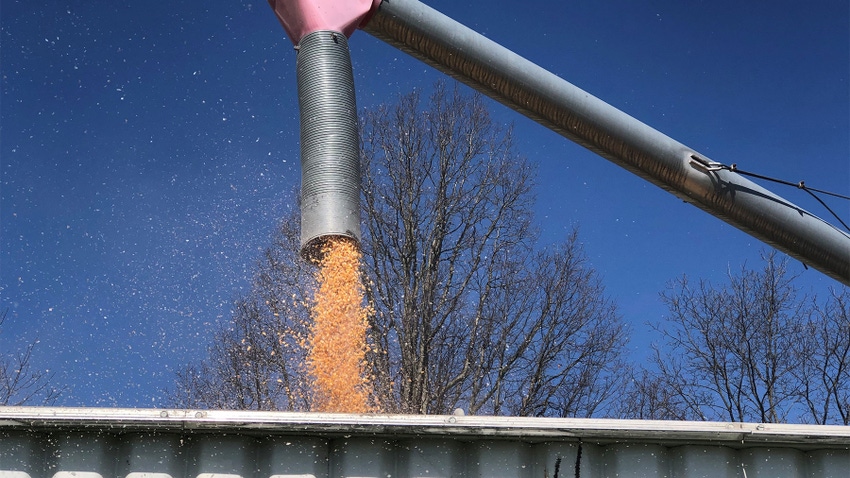October 17, 2023

Liquidity measures the ability of a business to meet financial obligations in the ordinary course of business without disrupting normal operations. Commonly used liquidity measures include current ratio, working capital, working capital to gross revenue, working capital to total expense and working capital per crop acre. This article focuses on current ratio to measure liquidity.
Current ratio is computed by dividing current assets by current liabilities. Current assets include cash, accounts receivable, fertilizer and supply inventories, crop inventories, and market livestock inventories. Current liabilities include accounts payable, operating loan balances at the end of the accounting period and term debt payments due in the next year on noncurrent loans. These are loans for things like breeding livestock, machinery, buildings and land.
Liquidity thresholds are typically used by analysts and lenders to determine whether a farm has an adequate liquidity position. A current ratio above 2.0 is considered adequate and would typically be sufficient to weather a one- or two-year downturn in margins. A farm with a current ratio below 1.0 would not be able to cover its current liabilities by selling all current assets. Therefore, that farm operation may have trouble repaying loans.
Why liquidity matters
Why is liquidity so important in today’s environment? First, liquidity represents a farm’s first defense against financial stress. When cash flow is tight or even negative, liquidity can be used to cover the gap or shortfall.
Second, liquidity is also needed to replace noncurrent assets such as machinery and equipment in a timely fashion. Along this vein, liquidity increases a farm’s flexibility and absorption capacity. That is the ability to withstand shocks related to shifts in the political and social environment. As an example of the importance of flexibility, farms with a strong liquidity position are in a better position to cash-rent or purchase additional land.
Strong net farm income in 2021 and 2022 has improved average farm liquidity. Using data from the Center for Farm Financial Management at the University of Minnesota, the average current ratio has increased from 1.58 in 2018 to 2.72 in 2022. Moreover, about 60% of farms in 2012 had a current ratio above 2.0. Farms with a current ratio below 2.0 need to be extremely cautious with their use of cash, particularly with regard to purchases of machinery, buildings and land.
A strong liquidity position helps a farm weather cash-flow shortages and enables a farm to take advantage of opportunities as they arise, particularly if it involves asset leases and purchases. Conversely, a weak liquidity position reduces a farm’s ability to buy machinery and buildings, and to cash-rent and purchase land.
More information pertaining to financial management can be found on the website for the Center for Commercial Agriculture.
About the Author(s)
You May Also Like






